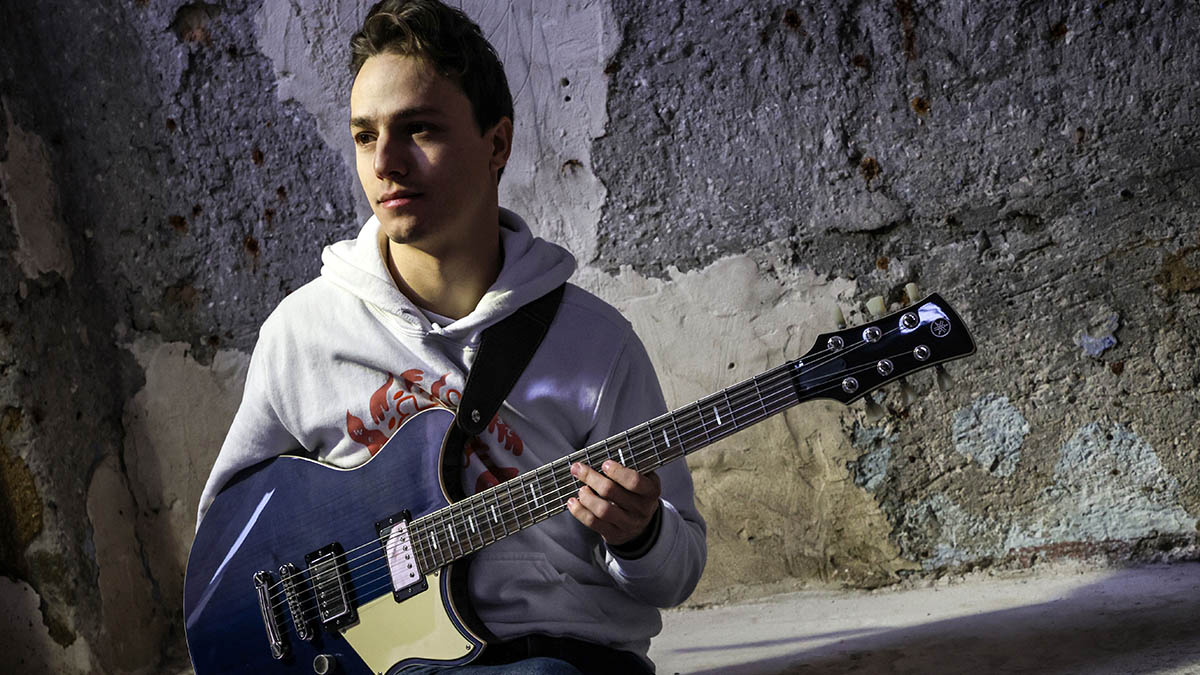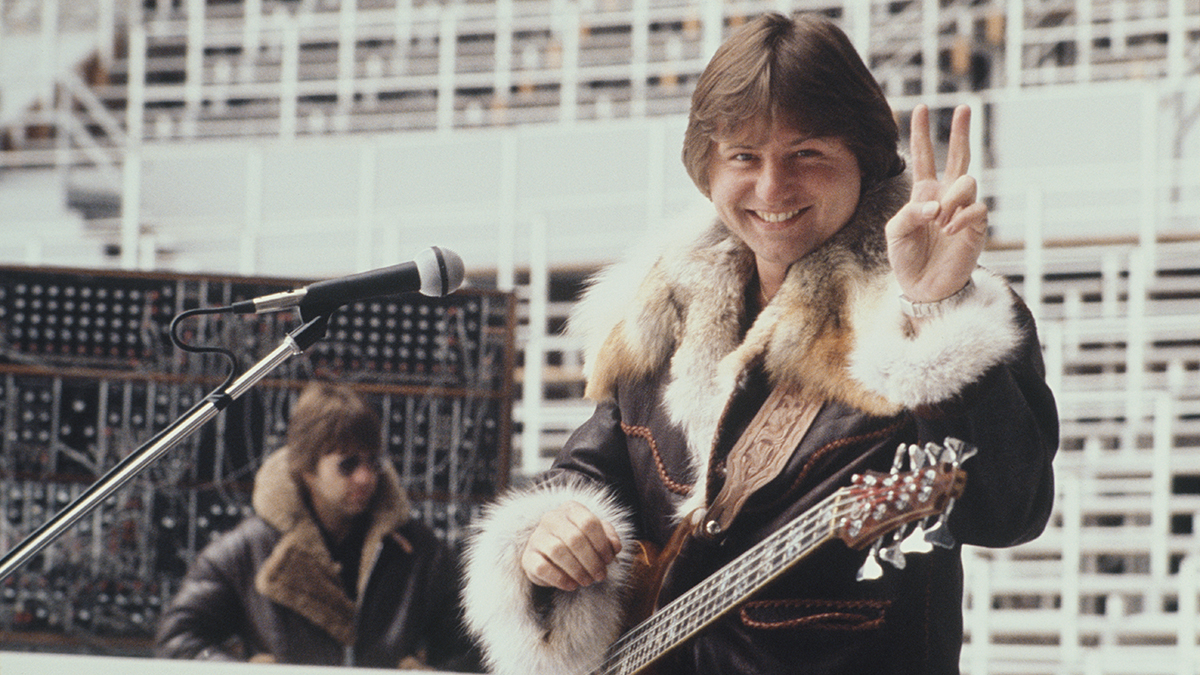Matteo Mancuso is one of the hottest guitar players in the world right now – learn four licks in his breathtaking rock fusion style
Put the pick down and take a breath, it's time to take your playing on a journey. Improve your classical picking, legato and string skipping in this video lesson with the man himself

Matteo Mancuso has been a pretty hot topic in guitar geek circles for a while, but with Steve Vai’s glowing endorsement and his NAMM show appearance this year he’s now starting to reach a much wider audience.
Probably the most noticeable thing about Matteo’s playing is his use of classical style fingerpicking on what we might term electric shred-style fusion guitar. Fingerpicking on electric is not unusual in itself (hello, Nashville!), but Matteo’s approach has much more to do with the flexibility and independence that classical fingerstyle provides him with... and then some!
Of course, it’s not all about technique, although it’s difficult not to focus on that aspect of his playing at first, because frankly it is quite mind-blowing. But look deeper and you’ll notice how Matteo’s stunning picking hand dexterity enables him to access a much wider range of melodic contours and interval combinations than most of us could ever imagine.
Combine this with seamless legato in his fretting hand, and an almost unbelievable coordination between the two, he can switch effortlessly between rippling arpeggios, angular string-skipping, and flowing sax-style lines.
In the JTC Guitar package Next Level Fingerstyle, Matteo demonstrates several aspects of his unique soloing style, all played on his beautiful Yamaha Revstar electric guitar. Here are some excerpts. Enjoy!
Example 1.
Let’s start with that amazing arpeggio prowess. We start in Bb Major, then a II-V-I move takes us to Eb Major. Most of this is diatonic (staying within key), but Matteo plays an E Major arpeggio (tritone substitution) over Bb13. Finally, there’s a sequence-based line in Ab Lydian Dominant (Ab-Bb-C-D-Eb-F-Gb).
Example 2.
Using the same chord progression as example 1, Matteo starts diatonically, playing around the Bbmaj7 and Fm7 chords. Again, he uses tritone substitution over Bb13, extending the E7 arpeggio into F# Major (the E Lydian Dominant sound again).
All the latest guitar news, interviews, lessons, reviews, deals and more, direct to your inbox!
Example 3.
The backing track is harmonicially more involved this time, shifting quickly through several tonalities, but anchored by a chromatically descending bass. Matteo starts with rippling Abm9 and Ebmaj9 arpeggios, and then goes a little bluesy in F# Dorian (F#-G#-A-B-C#-D#-E) and F Dorian (F-G-Ab-Bb-C-D-Eb).
Example 4.
This one’s a monster! The harmonic material is essentially the same as example 3, but Matteo shows off the ‘turning on a sixpence’ freedom of his arpeggio technique. He uses lots of stacked 4th intervals this time, and there’s a Greg Howe–style F# Dorian tapping line in bars 5-6.
